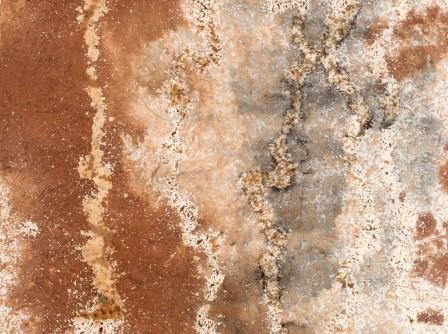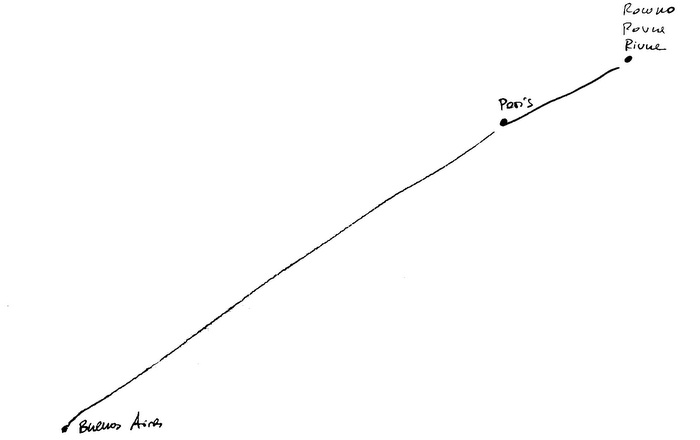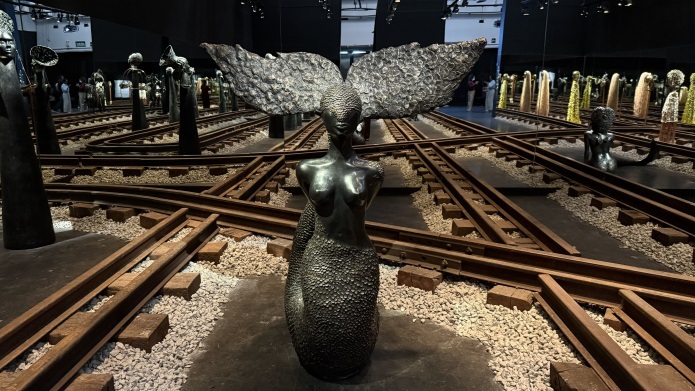Michel Soskine Inc. is excited to present, for the first time in Spain, a solo exhibition by the Japanese paper artist Naoaki Sakamoto.
Naoaki Sakamoto has been involved with Nihon-shi (handmade Japanese paper) for decades.
He began experimenting with papermaking, later on started dyeing it and finally drawing on it.
Though paper was originally made in China before the second century, Buddhist monks, who produced it for writing sutras, took it to Japan in 610 AD. By the year 800, Japan's skill in papermaking was unrivalled in terms of range of colour, texture and design. It was not until the 13th century that knowledge of papermaking reached Europe.
Paper plays an essential role in Japanese life, from the symbolic, to the architectural, to the spiritual. Carefully folded strips of white paper hang from a thick straw rope marking off a shrine, a tree, a sacred rock as before a massive and stern bronze Buddha.
In 2014, the art of Japanese paper was inscribed on UNESCO’s list of Intangible Cultural Heritage of Humanity.
Just as in all Japanese art forms, Zen Buddhism has a major influence on Naoaki Sakamoto’s work. Inside the process of creating his works on paper, lays a spiritual discipline, which leads Sakamoto to focus on the contemplation and meditation of Nature, whether it is of a Japanese, Australian or Irish origin. In effect, several works in this exhibition belong to series done while travelling away from Japan. They remain faithful to the artist’s commitment and respect for the mysterious nature of the four elements, all combined in Zen aesthetics.
In his abstract landscapes on paper, Naoaki Sakamoto makes use of horsehair brushes, black ink and natural pigments, together with raw materials such as stone dust, ashes or sawdust, whose shapes remain embedded inside the paper.
As Zen art does not try to create the illusion of reality a great economy of means is necessary. Sakamoto intends to suggest, by the simplest possible means, the inherent nature of the aesthetic object.
This concept of essence as opposed to illusion is prominent in the aesthetics of the works on exhibit.
Japanese Buddhism, and its Zen expression in particular, entered its discourse with Western Contemporary Art in the ’50s and radically transformed it. Abstract Expressionists such as Jackson Pollock, Willem de Kooning, Robert Motherwell, Sam Francis and Franz Kline, partly under Oriental influence, invented new modes of expression with abstract spontaneous gestures during the 1940s and ‘50s.
Departing from a cosmocentric point of view rather than anthropocentric, Naoaki Sakamoto personal creative process involves in its gesture a certain degree of hazard due to uncontrollable use of certain elements. In the words of the artist himself: “Not only paper but also the sun and sometimes rain and morning dew contribute to the appearance of colour. In the process of time, all the united elements surrounding dyes and paper, including me dyeing the paper, have been involved and appear on paper as a pattern.”
The exhibition by Naoaki Sakamoto now presented in Michel Soskine Inc., Madrid, includes 20 works on paper using two vertical traditional Japanese sizes: 181 x 66 cm and 100 x 74 cm.















